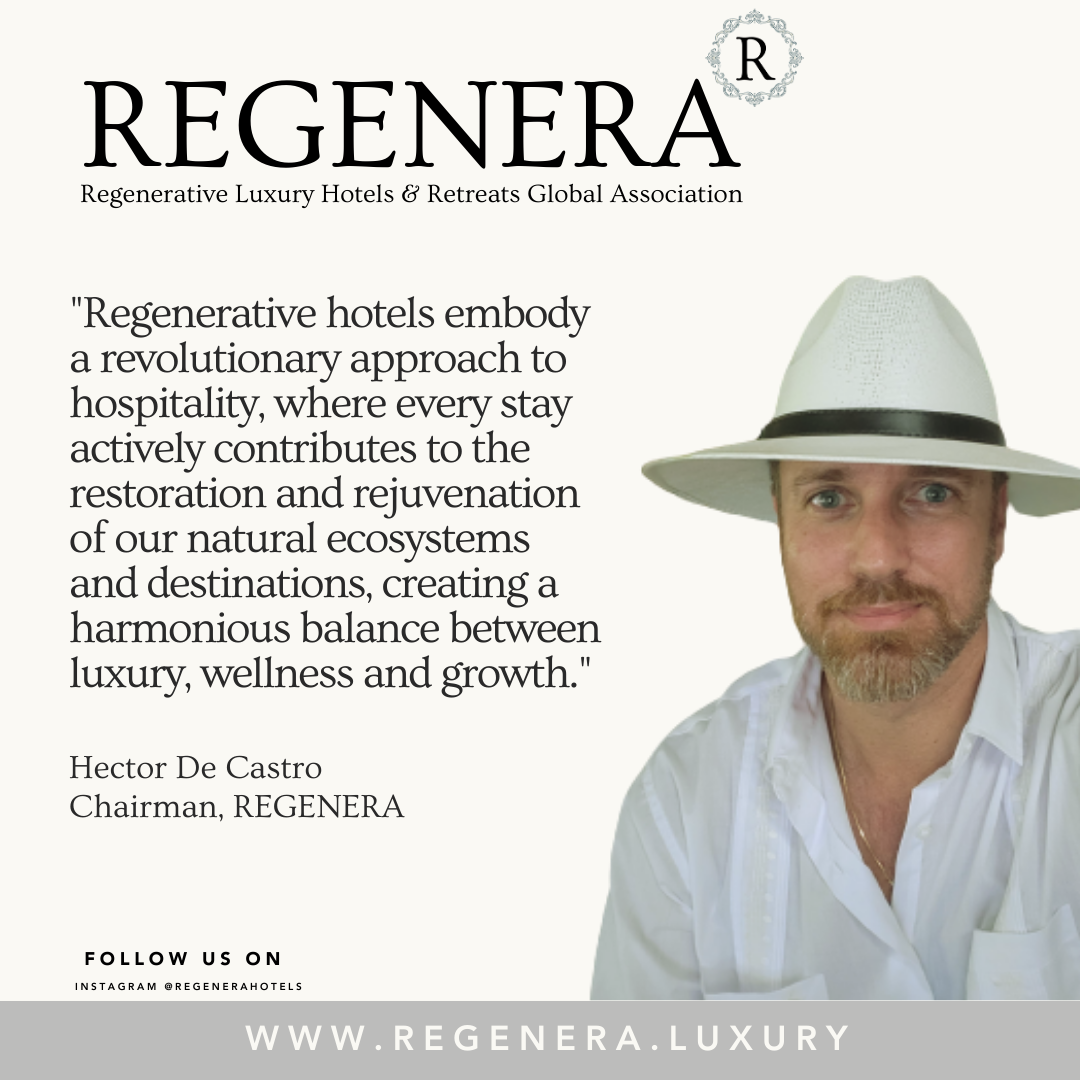The ripple effect of regenerative tourism: a sustainable wave of change
In recent years, the global tourism industry has undergone a paradigm shift towards sustainability, with regenerative tourism emerging as a powerful force for positive change. Unlike conventional tourism, which often leaves a negative impact on the environment and local communities, regenerative tourism aims to create a positive ripple effect, fostering ecological and social regeneration. This article explores the concept of the ripple effect in the context of sustainability and regenerative tourism and its potential to transform the way we travel.
Understanding Regenerative Tourism
Sustainability is the base and main pillar, and needs to be clear and strong. Then, regenerative concept goes beyond to restore, rejuvenate, and revitalize both natural and human ecosystems. The core idea is to leave a destination better than it was found, ensuring that the local environment and communities benefit from tourism activities. This approach acknowledges the interconnectedness of all elements within a destination and aims to create a positive impact that ripples through the entire system.
Key Principles of Regenerative Tourism
- Community Engagement: Regenerative tourism prioritizes collaboration with local communities. Rather than imposing tourism structures, it involves communities in the decision-making process, respecting their cultural heritage and ensuring they actively participate in and benefit from tourism-related activities.
- Environmental Conservation: Sustainable practices are at the heart of regenerative tourism. This involves minimizing the ecological footprint, protecting biodiversity, and implementing initiatives such as waste reduction, energy efficiency, and the use of renewable resources.
- Cultural Preservation: Regenerative tourism values and preserves the unique cultural identity of a destination. This includes promoting local traditions, crafts, and heritage, fostering a sense of pride and ownership among the community.
- Economic Empowerment: The economic benefits of tourism are distributed more equitably in regenerative tourism. This involves fair wages for local workers, supporting local businesses, and reinvesting profits back into community development projects.

The Ripple Effect
The ripple effect in regenerative tourism refers to the positive impacts that extend far beyond the immediate interactions between tourists and the destination.

When tourism is approached with a regenerative mindset, a cascade of benefits can be observed:
- Economic Growth: Local economies experience a boost as tourism revenue is reinvested in community projects, infrastructure development, and the creation of sustainable livelihoods. This economic growth has a ripple effect on various sectors, contributing to overall community well-being.
- Environmental Restoration: Regenerative tourism often involves conservation efforts, reforestation, and other initiatives that contribute to the restoration of ecosystems. The positive impact on the environment extends beyond the immediate tourist destinations, creating a healthier planet for future generations.
- Cultural Revitalization: By preserving and celebrating local cultures, regenerative tourism helps communities maintain their unique identity. This not only enhances the travel experience for visitors but also ensures the sustainability of cultural practices over time.
- Social Harmony: Through community engagement and inclusive practices, regenerative tourism fosters social cohesion and harmony. This can lead to a more resilient and connected community that is better equipped to navigate challenges.
“In the great majority of cases actual action goes on in a state of inarticulate half-consciousness or actual unconsciousness of its subjective meaning. The actor is more likely to “be aware” of it in a vague sense than he is to “know” what he is doing or be explicitly self-conscious about it. — Max Weber
Thus, the key point is not knowledge per se, but consciouness and will to make a positive impact.Following the learnings from the "Global Village" by McLuhan and Powers, we learn that we must appreciate the effects of our actions on both the micro and macro scales. Our mere participation in society has consequences across the globe.
The Global Village
"The ripple effect in regenerative tourism refers to the positive impacts that extend far beyond the immediate interactions between tourists and the destination, and key point is not knowledge per se, but consciouness and will to make a positive impact"-Hector de Castro.
Conclusion
Regenerative tourism represents a transformative approach to travel, recognizing the interconnectedness of ecosystems and communities. The ripple effect it creates goes beyond the immediate tourist experience, leaving lasting positive impacts on the environment, local cultures, and economies.Civilization is deeply interconnected, and all our actions send ripple effects into the world which have the power to aggregate devastation, inequality, climate change, racism, war, poverty, terrorism, collapse. But also have the power to create a good. We must understand our ripple effects and making use of them for good.As travelers increasingly seek meaningful and responsible experiences, regenerative tourism offers a promising path forward, where each journey becomes an opportunity to contribute to a more sustainable and regenerative world.

